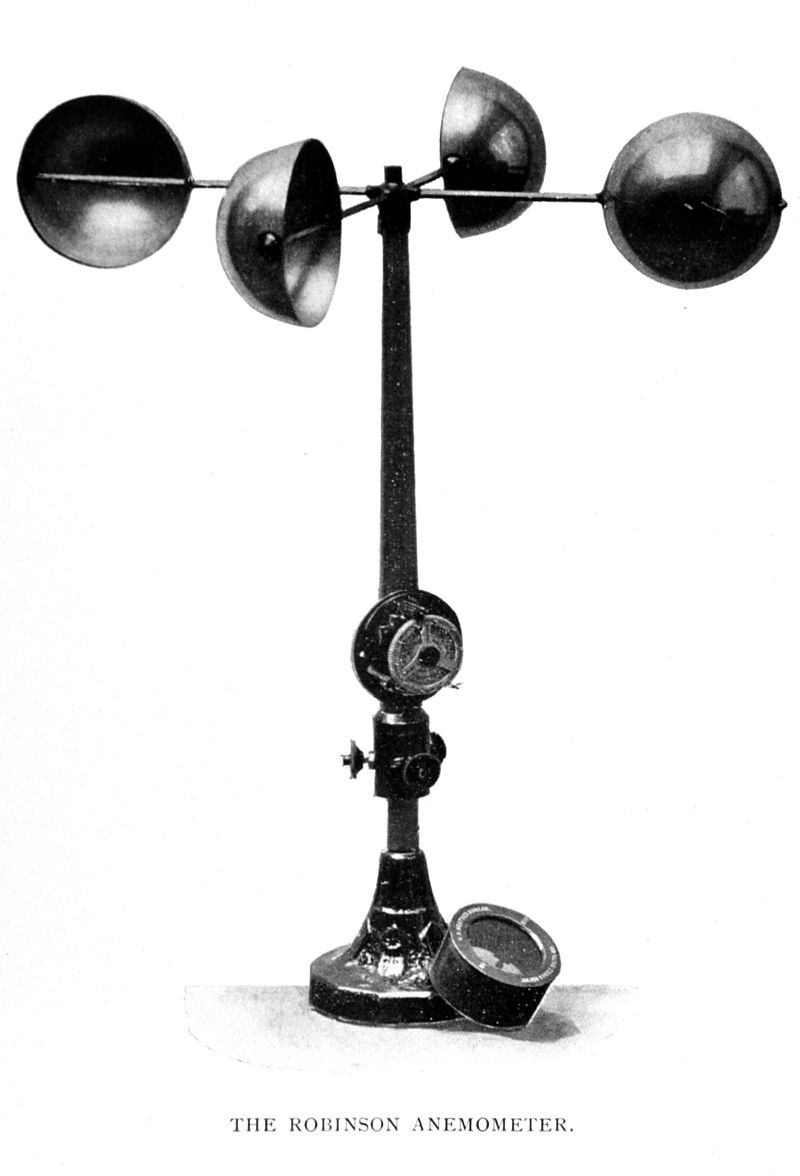The Duty of an Anemometer in Improving Security for Outdoor Activities
The Duty of an Anemometer in Improving Security for Outdoor Activities
Blog Article
Anemometers Introduced: Understanding Their Importance in Environmental Surveillance and Safety Actions
The function of anemometers in environmental surveillance and safety and security measures is usually undervalued, yet their significance is obvious. From weather forecasting to air travel safety and security, anemometers play an essential function in providing exact data that notifies decision-making processes and boosts total safety and security.
Background of Anemometers
The evolution of anemometers can be traced back to the ancient civilizations where basic wind gauging gadgets were very first made use of. These very early wind dimension devices laid the structure for the advancement of more innovative anemometers gradually. Among the earliest recognized anemometers was the hemispherical cup anemometer created by Leon Battista Alberti in the 15th century. This layout contained four hemispherical mugs that gathered wind energy, giving a dimension of its strength based upon the rate of turning.
Over the years, advancements in technology led to the growth of more contemporary anemometers, consisting of ultrasonic anemometers and laser Doppler anemometers, supplying enhanced accuracy and effectiveness in measuring wind rate and direction. The history of anemometers showcases an amazing journey of advancement and progress in the field of meteorology.
Kinds of Anemometers
Throughout the field of weather forecasting, various types of anemometers have been established to accurately measure wind rate and instructions. Sonic anemometers utilize ultrasonic signals to measure wind rate and instructions precisely. Hot-wire anemometers run based on the concept that the cooling effect of wind on a heated cord is proportional to the wind rate.
Applications in Weather Forecasting
Having actually talked about the different kinds of anemometers utilized in weather forecasting for measuring wind rate and direction, it is important to explore their useful applications in the area. Anemometers play an important function in meteorology by providing precise and real-time data on wind conditions (anemometer). Meteorologists use anemometers to monitor wind rate and instructions to forecast weather condition patterns, concern cautions for serious weather events like twisters, storms, and typhoons, and analyze weather for air travel safety and security
In meteorology, anemometers aid in comprehending local and local wind patterns, which are vital for forecasting weather condition modifications and figuring out climatic trends. These devices are likewise used in research study to research microclimates, urban warm islands, and air contamination dispersion. In addition, anemometers are employed in agriculture to maximize plant monitoring techniques, such as watering and pesticide application, based on wind problems.
Relevance in Aeronautics Safety And Security
An integral facet of guaranteeing aviation security lies in special info the meticulous monitoring of wind conditions making use of anemometers. Anemometers play a critical role in air travel by providing real-time information on wind speed and instructions, aiding pilots in making educated choices during flight, landing, and liftoff. Strong and unforeseeable winds can considerably affect aircraft procedures, making it necessary for air travel authorities to count on accurate wind measurements to make certain the safety and security of guests and team.

In the vibrant atmosphere of aviation, where even minor changes in wind rate and direction can have profound results, anemometers stand as indispensable tools for promoting secure and protected air traveling.
Function in Environmental Study
Anemometers play a crucial duty in ecological research by supplying crucial information on wind speed and instructions. By accurately determining wind features, anemometers aid scientists assess the motion of pollutants in the air, assess the impact of commercial discharges, and forecast the spread of pollutants in the atmosphere.


Conclusion
In conclusion, anemometers have actually played an essential function in environmental surveillance and precaution. With a rich history and numerous types available, these devices have actually been commonly utilized in weather forecasting, air travel safety, and environmental research. Recognizing the relevance of anemometers is crucial for precisely determining wind speed and instructions, which is vital for forecasting weather condition patterns, ensuring secure aviation procedures, and performing ecological researches - anemometer. Their payments to these fields can not be taken too lightly.
One of the earliest recognized anemometers was the hemispherical cup anemometer developed by Leon Battista Alberti in the 15th century. Over the years, innovations in modern technology led to the advancement of more contemporary anemometers, consisting of ultrasonic anemometers and laser Doppler anemometers, supplying increased precision and effectiveness in gauging wind speed and direction. Hot-wire anemometers run based on the concept that the official website cooling result of wind on a heated wire is proportional to the wind speed. Meteorologists make use of anemometers to keep an eye on wind speed and direction to anticipate climate patterns, concern cautions for serious climate events like storms, twisters, and storms, and assess atmospheric conditions for aviation safety and security.
Comprehending the relevance of anemometers is essential for accurately determining wind speed and direction, which is essential for anticipating weather patterns, making certain safe aviation procedures, and performing environmental research studies. (anemometer)
Report this page